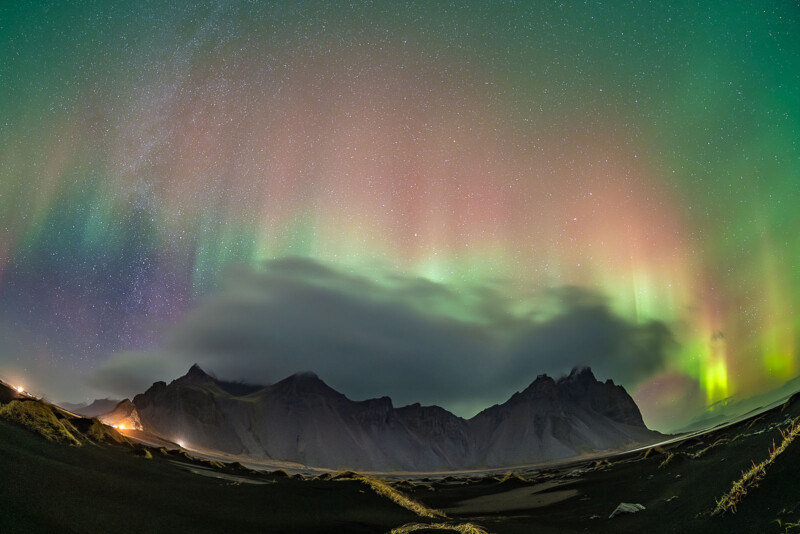Sigma Made the 15mm f/1.4 Fisheye to Prove It Is a ‘Master of Optics’

Sigma’s new 15mm f/1.4 DG DN Art diagonal fisheye lens is unique, a little bit weird, and definitely niche. The company knows it won’t be a big seller, but that’s not why it decided to make it. Sigma made it to prove a point.
Speaking to PetaPixel at the CP+ photography exhibition in Yokohama, Japan last week, Sigma’s CEO Kazuto Yamaki admitted that he did not think the company’s new wide-angle fisheye would be a top seller. It was made for astrophotographers who he says asked the company to create a bright fisheye lens for very specific photos.
“We knew that it cannot be a bestseller. It’s a very niche product,” he explains.

“I think this fisheye can support very creative astrophotographers [and allow them] to create new types of images, especially maybe [of the] Northern Lights. They need to cover the as big [an area] as possible with a fast shutter speed [to capture them].”
But more than that, Yamaki explains that his company took on the challenge of the diagonal fisheye because it wanted to prove a point: that being a third party lens manufacturer is not a mark against the skill of its engineers and the quality of its products.
“Well, people say Sigma is a third party lens manufacturer. So they put Sigma at a kind of lower level brand compared to the camera manufacturers,” he says.
“Yes, we are a third party lens supplier, but we don’t believe that it means our technology is inferior to those of the camera manufacturer. Actually, we are one of the top lens manufacturers. So my goal is to be a real top brand in among the lens makers. We want to be a real master of optics,” Yamaki continues.
“So in order to show our capability, we need to make such a lens, [we need to make] very special lenses. But some, it’s small number, but some specific photographer really needs such a lens. [We received] several inquiries, not a huge number, from photographers all over the world [for this type of lens]. Satisfying some special photographers’ needs is our mission.”

When asked if it made the lens to prove a point, Yamaki responded, “Yes.”
What makes the 15mm f/1.4 DG DN Art lens somewhat special among modern lenses is that it doesn’t rely on any in-camera corrections — all aberrations and flaws are corrected through the optical design.
“It’s much easier than before to correct chromatic aberration. Probably the most difficult aberration to correct is coma. The 15mm has very little coma,” Yamaki says.
“It is not the glass used but the optical design. Actually there are only two drawbacks for the new 15mm fisheye. One is [that it is] heavy and bulky. Actually we release a 500mm f/5.6, which is right about the same size. The other one is a relatively longer minimum focus distance.”
Yamaki does understand that the 15mm f/1.4 lens isn’t perfect for everything, but Sigma’s engineers prioritized performance for the intended use case: large, expansive scenes at night.
“Because we had to optimize performance at the infinity [for the lens’ intended purpose], that’s why we have to compromise the performance [up close].”

For those interested in checking out Sigma’s latest wide-angle lens, PetaPixel just published its review of the 15mm f/1.4 DG DN Art diagonal fisheye.
“There is nothing like this lens on the market. As diagonal fisheye lenses with an f/1.4 aperture go, this is really it,” PetaPixel‘s Chris Niccolls writes. “Slower fisheye lenses can be found or adapted, but for low-light or astro work, this is the lens to choose.”
From how it performed through a review, it appears that Sigma’s goals for the 15mm f/1.4 were met.